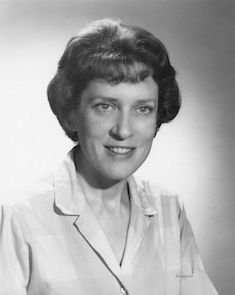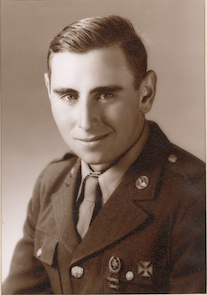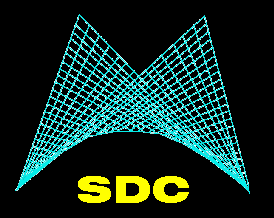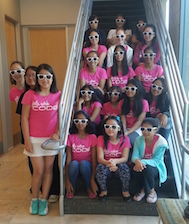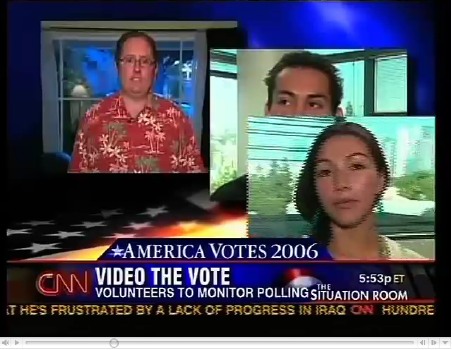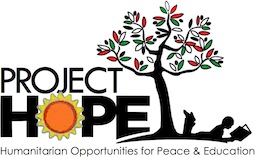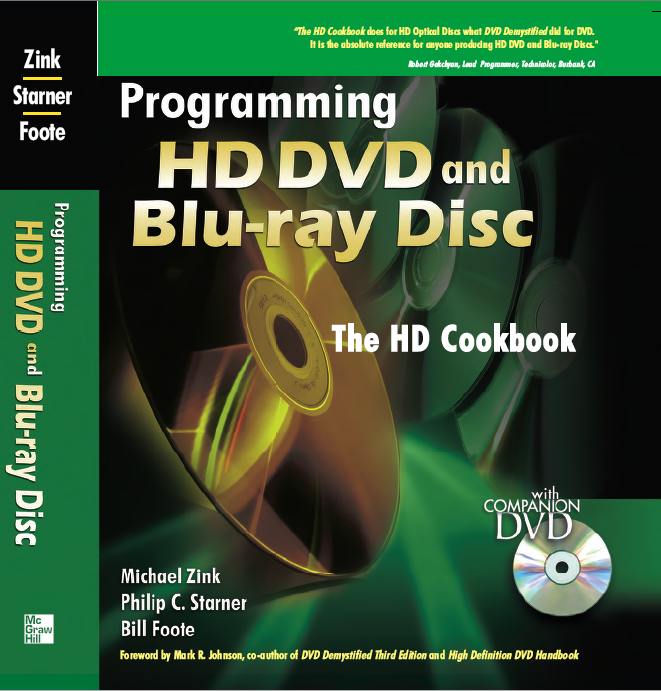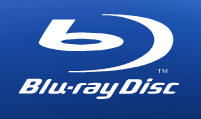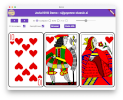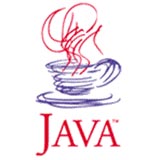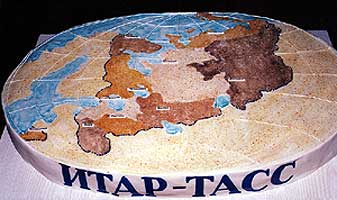

Bill FooteStrasbourg, FranceE-mail: billf at jovial dot comBlogs: https://pc.jovial.com/ Github: https://github.com/zathras/ pub.dev: https://pub.dev/.../jovial.com/ Google Play: https://play.google.com/...Jovial... |

|
I've been a software enginner/computer programmer since a little before the days of the Apple ][. I think the first program I wrote that was semi-widely distributed was “Oscarlocator,” which I wrote around 1978 to track the OSCAR 7 satellite. I joined JavaSoft/Sun Microsystems, initially on the HotJava Browser project. I was there for over a decade, and helped create parts of the Java platform, especially on consumer devices. I made the first heap dump facility and analysis tool for Java, invented what became J2ME's inter-xlet communications, and I was a big part of Java's adoption in Blu-ray. I've also worked as a software engineer at Disney, Google, and at Celtis Technologies in France.
A technical resume is available here
